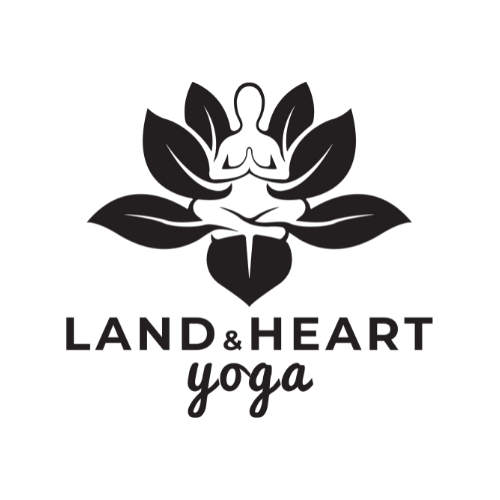The practice of yoga is therapeutic. Anyone who has practiced yoga will agree with this statement, but the idea of “yoga therapy” is contentious. In January 2016, the Yoga Alliance requested that any yoga school remove the terms “yoga therapy” and “yoga therapist” from their curriculum. This instruction was a precaution against misleading the public that yoga teachers are diagnosticians. The point was not that yoga isn’t therapeutic, but rather that yoga is not a strategy for diagnosing or curing ailments. The therapeutic potential of yoga comes from its consistent practice. Yoga is a complete system for maintaining health and wellbeing, but it is not a prescriptive solution to specific ailments.
Yoga is a therapeutic tool
As a yoga teacher, you will receive a lot of inquiries about how to “cure” a variety of ailments, or “treat” a specific population. Students come to yoga in search of relief from back pain, depression/anxiety, injuries, insomnia and obesity. Specific populations such as pregnant women and obese students of all ages will seek out yoga. Your role as a yoga professional is to guide students to take care of themselves in whatever phase of injury or life they’re in. Yoga is not a replacement for other medical care, but it is a useful tool. Consistent yoga practice offers students autonomy and awareness in their own healthcare journey.
Yoga is not a quick solution
The difference between yoga and other types of healthcare is yoga does not apply a reductionist style of therapy. It requires commitment from the student and it is not a quick solution. For example, consider the following statements:
“If I meditate, then I’ll be calmer.”
“If I don’t smoke, then I’ll be able to run faster.”
“If I eat less, then I’ll be thinner.”
These statements are true, but they fail to capture health as a complete psychological and physiological system. Yoga affords a point of view that goes beyond the reductionist if/then approach to health. For example, the primary series of Ashtanga yoga is called yoga chikitsa. Translated, this means yoga therapy. The therapeutic application of Ashtanga Yoga chikitsa is its systematic and lifelong approach towards wellness rather than a prescription to treat an ailment.
First, you have to practice for a long period of time; second, your practice must not be interrupted—you must do it regularly; and third, you must do your practice with love and respect. –Yoga Sutra 1.14
Yoga Chikitsa: Yoga Therapy
The therapeutic quality of yoga is its attention to discipline, devotion and patience. Yoga chikitsa is intended to be practiced daily. Practitioners are to do each pose in sequence and follow the other suggestions for a well-rounded lifestyle. It is these qualities of the practice – discipline, devotion and patience – that students can apply to other therapeutic requirements.
In this section you will examine how to teach yoga for specific populations: athletes, injured students, pregnant women; and sufferers of anxiety/depression, obesity, insomnia and back pain. The section concludes with a discussion of advanced asana as yet another therapeutic application of yoga.


